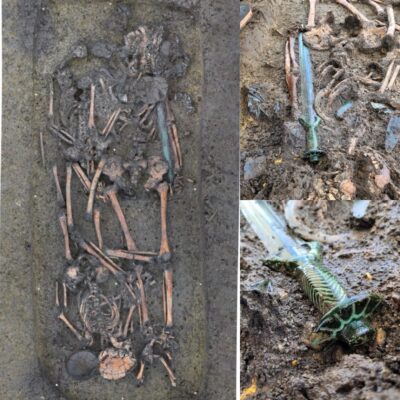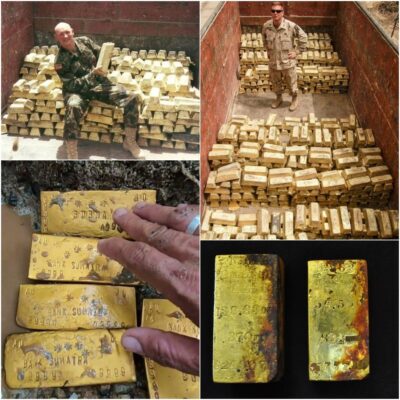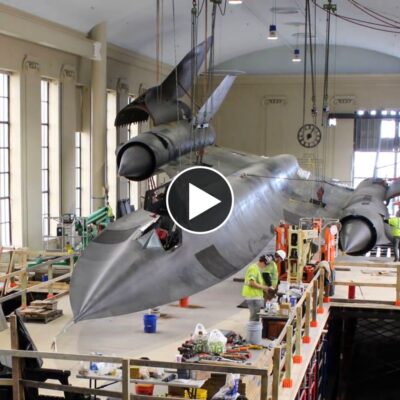Scientists in Peru have managed to recreate the face of a female Peruvian leader who died 1,700 years ago, with the use of 3D printing. The Lady of Cao was discovered in the ruins of the Huaca Cao Viejo pyramid back in 2006, buried with a crown and several artifacts made from copper and gold.
The Lady of Cao’s Discovery and Significance

Scientists in Peru were able to recreate the face of Lady of Cao with the help of modern technology, after examining the facial bone structure of the Peruvian leader, whose remains were found in 2006 by a team of Peruvian archaeologists led by Regulo Franco Jordan of the National Cultural Institute of Peru.
Historians suggest that the Lady of Cao, who was an eminent figure in the Northern Peru’s Moche culture, probably died from either pregnancy or childbirth complications while she was only in her 20s. Additionally, archeologists believe that she may have been a priestess or a political leader due to the fact that her heavily tattooed body was buried with various artifacts, including weapons like clubs and spears, as the Archaeology News Network reported . The tattoos, which are still visible, were preserved by the dry climate in which the Lady of Cao was buried, while also were found the remains of a second young woman, possibly a human sacrifice.
The significance of the Lady of Cao’s burial site can be traced to the fact that prior to this discovery, it was believed that only men held high rank in the Moche culture. The discovery of her burial has been compared with that of the Lord of Sipan in terms of important archeological discoveries relating to the Moche.
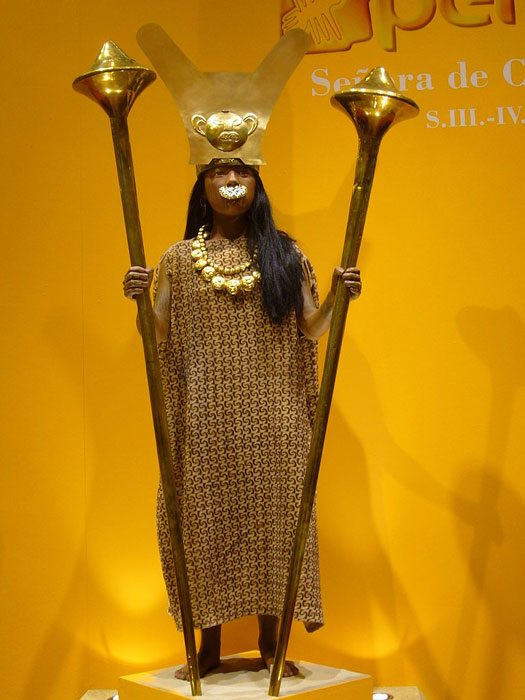
Reconstruction of the Lady of Cao. ( © Manuel González Olaechea y Franco/ CC BY-SA 3.0 )
Reconstructing Lady of Cao’s Face
With the help of 3-D imaging technology and forensics archaeology, scientists managed to create a replica of her face, using as a basis the Lady of Cao’s skull structure and ethnographic research. The replica of her face took scientists about ten months to recreate. Salvador del Solar, Peru’s minister of culture, stated that Lady of Cao’s oval face and high cheekbones would resonate with Peruvians, many of which have similar features today, “Its relevance is really incalculable. We can now show the world her face, a face that Peruvians see ourselves in,” he proudly said as Archaeology News Network reported .
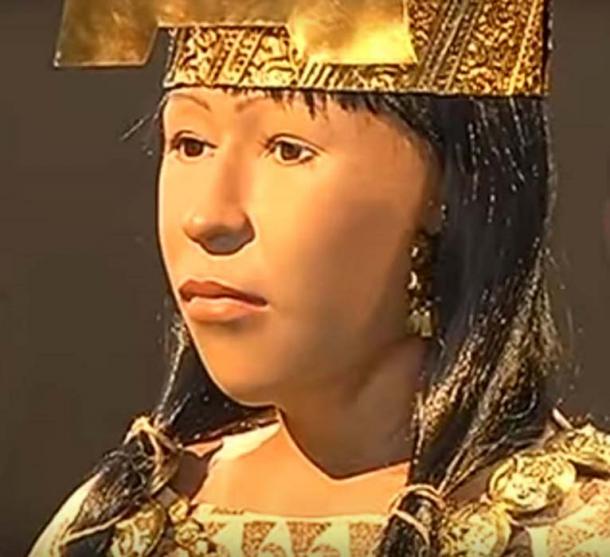
The new 3D printed reconstruction of the face of the Lady of Cao ( Youtube screenshot )
He also pointed out the significance of modern technology and how it can help archaeologists and researchers to shed light upon the past, “We are privileged to announce this strange combination of the future and the past: technology has allowed us to see the face of a political and religious leader from a culture from the past,” Salvador del Solar told BBC News .
Other Forensic 3D Reconstructions
Let’s not forget that this is not the first time specialists have managed to recreate a historical figure’s face. Not too long ago, we reported in Ancient Origins that a team of specialists at the National Museum of Nature and Science in Tokyo, Japan, recreated the pensive face of a European missionary who had died in the Land of the Rising Sun back in 1714. In that case, the experts created the missionary’s image, even though only the right side of his skull was recovered. They managed successfully to flip the digital model of the right side of the skull – to make up for the missing left – on a computer in order to produce a 3D-printed model to work with.

The facial reconstruction of Giovanni Battista Sidotti. ( The Mainichi )
Fortunately for the specialists who had to recreate the Lady of Cao’s face, things were not as complicated as her skull wasn’t severely damaged. The Lady of Cao’s bust will now be on display in Lima, at Peru’s Culture Ministry through July, and then will be moved to the El Brujo Archaeological Complex.



